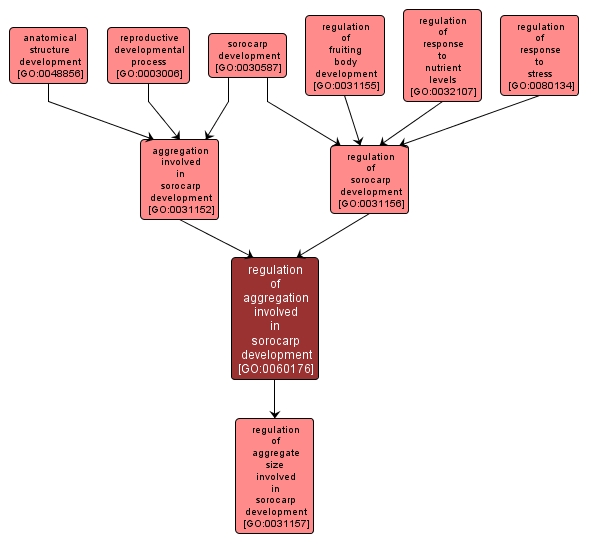| Desc: |
Any process that modulates the frequency, rate or extent of aggregation during sorocarp development. Aggregation involved in sorocarp development is the process whose specific outcome is the progression of the aggregate over time, from its formation to the point when a slug is formed. Aggregate development begins in response to starvation and continues by the chemoattractant-mediated movement of cells toward each other. The aggregate is a multicellular structure that gives rise to the slug. |














